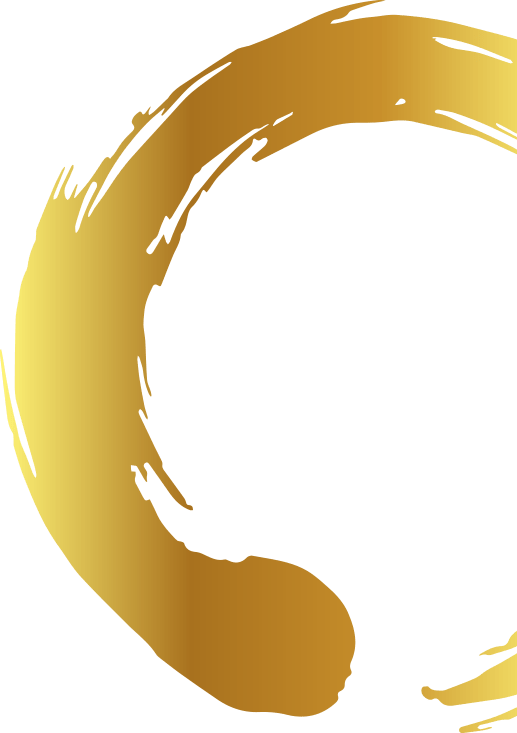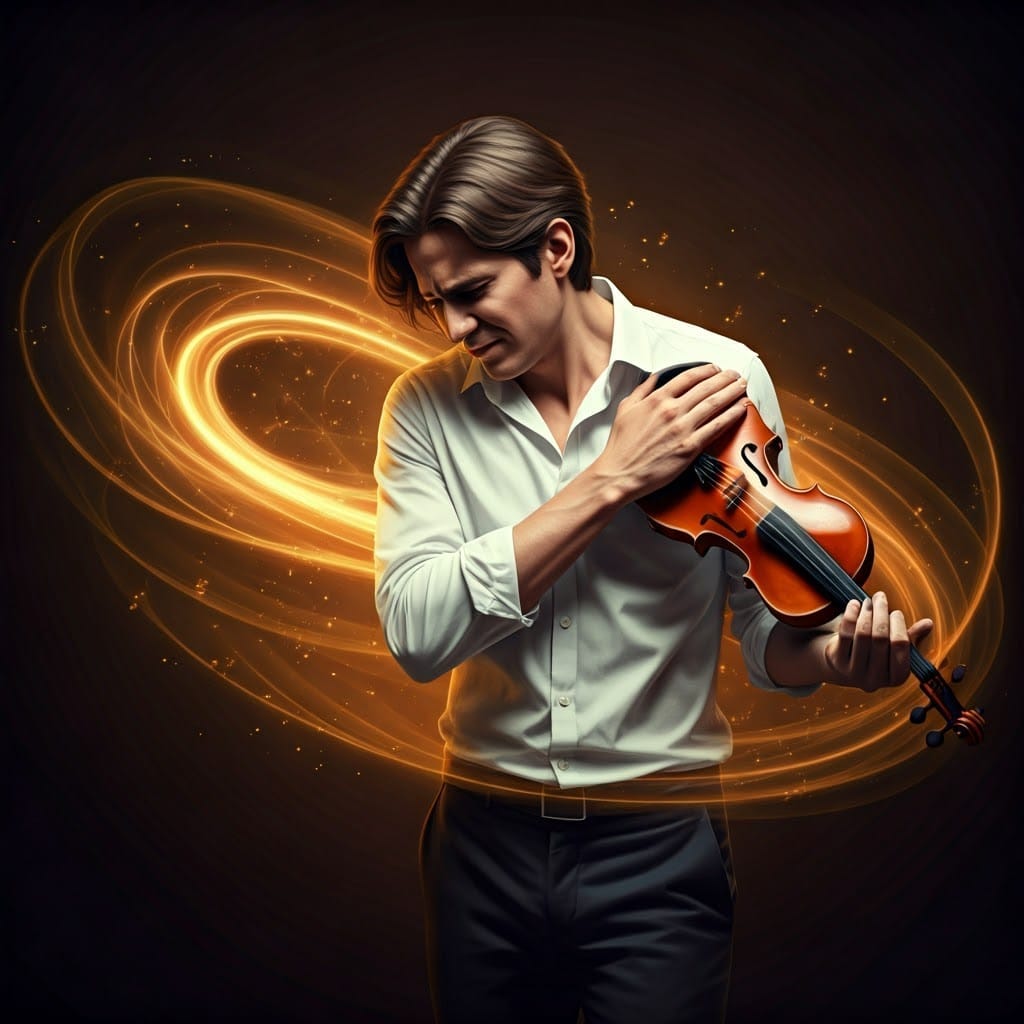The Six Pillars of Soulforce Performance Arts
Hello all!
I’m starting to write a book on Alexander Technique for strings players. The working title is “Your Body Is Your Instrument: Sound Better, Feel Better, & Play Better With A Body-Based Approach to Playing Stringed Instruments”.
This book will be part paradigm-busting pedagogical manifesto, part “how-to” manual, part self-discovery guide, and part information library. It’s for strings players who are in pain, who suffer from stage fright, and who want to learn to play in a more free, connected, and fluid way.
As I write each essay I’ll post it here on my blog. Once I’ve written all 20 or so essays I’ll clean ’em up and put them into an eBook form along with lots of other video and audio content.
So, here’s the first essay, about how I used the Alexander Technique to relieve chronic injuries in my arms, and then became an AT teacher, myself. Enjoy!
My Story
To give you some context for what I’m about to share with you in this book, I’d like to tell you my own story of recovering from the chronic injuries I had as a violinist and becoming an Alexander Technique teacher.
I started playing the violin at the age of 5 and began my professional-level music training at Carnegie Mellon University in 2002. There, under the heightened stress of conservatory training, and practicing more intensely than ever, I began to experience pain in my forearms. Within a few months, this pain had spread to my shoulders, neck, and back, and made extended periods of playing violin impossible. Washing the dishes, writing by hand, using a computer, or even just sitting and reading on a couch became painful activities.
When I told my violin teacher about the pain he suggested, “Just relax.” As you can imagine, this didn’t do much to help! Even though I began to practice less and less, the pain only intensified. Several months into my problems with chronic pain, no longer able to practice or participate in the school orchestra, I became depressed and worried that I’d have to give up a career in violin altogether.
In search of lasting pain-relief, I began seeing doctors and therapists of all stripes. My two-year journey included:
- Two family doctors
- A diagnosis of “lateral epicondylitis” (which basically means “your elbows hurt”)
- A neurologist
- A doctor who specializes in musician’s injuries
- Three rounds of physical therapy
- Several chiropractors
- Trigger point therapy
- Massage therapy
- Rolfing
- Acupuncture
- Yoga
- Pilates
- Strength training
- Relaxation techniques
- Biofeedback
- Over-the-counter pain-relievers
- A tennis elbow brace, worn at all times
Although I learned much of value from all these wonderful practitioners and diligently followed their advice, the pain always came back, especially when I picked up the violin again. What was I to do?
I then took a class on the Alexander Technique and immediately knew I had found something uniquely helpful. Even though ideas about body movement were entirely foreign to me and I was often bewildered by what the teacher said, every time she used her hands with me I experienced a profound relief of tension and an incredible lightness of movement. These and other new and surprising perceptions of my body were incredibly helpful in understanding and relieving my pain.
Some of the most memorable moments were when I played the violin in class. She gently placed her hands on my head, neck, back, arms, ribs, and legs, to skillfully guide my body to a whole new experience of freedom of movement. This new experience was essential because it gave me the perspective I needed to see what had really been going on this whole time: I saw that I had been unconsciously holding enormous amounts of tension in my body while playing the violin – and at all other times, as well. I was shocked!
On one level, it shouldn’t have shocked me at all – it stands to reason that holding great amounts of tension in your muscles for months and years is bound to wear them down and cause pain. But the fact that I didn’t know this at an embodied level reveals something critical about why the other treatments I tried didn’t last: the tension at the root of my pain was a habit and wouldn’t go away until I changed my habits of how I used my body – and I couldn’t change these habits unless I was aware of them. The Alexander Technique gave me that awareness.
The other treatments I tried didn’t address these habits, didn’t raise my level of body awareness, and didn’t give me the tools to change how I used my muscles in the midst of tension-provoking activities, and so their many otherwise worthy and desirable benefits didn’t last.
I was fascinated by the new level of body awareness the Alexander Technique gave me and appreciated the growing sense of empowerment I now had to relieve tension on my own. This gave me a deep longing to know more about the Alexander Technique and its potential to relieve my pain, once and for all.
So, I started training at the Philadelphia School for the Alexander Technique, run by Martha Hansen Fertman. At the time, I wasn’t sure I wanted to become an Alexander Technique teacher, but I knew that intensive training would help relieve the pain I still experienced. During that four-year program, not just my body, but my whole being underwent a radical transformation. I was filled with new discoveries about my body, thrilled with the many moments of effortless movement, and awed by the connection between emotional pain and muscle tension.
Somewhere along the way, my chronic pain became occasional pain, and then non-existent pain. And although my original reason for joining the school had been thankfully resolved, witnessing the countless discoveries and “aha!” moments that lead to real freedom of movement, emotion, thought, and awareness in myself and the other students thoroughly convinced me of the profound usefulness of the Alexander Technique. I was hooked and I wanted to share these discoveries with other musicians in need.
Since graduating in 2012 I have been developing a whole new pedagogy for strings players, based on the principles of the Alexander Technique. I love teaching a method that reliably brings pain-relief, effortless technique, better tone production, greater confidence on stage, and deeper emotional connection to music-making.
This book is my attempt to distill and share what I’ve learned in my own journey so you can bring these many benefits to your own music-making.
Coming up next… Body Basics!
Until next time,
Joseph



